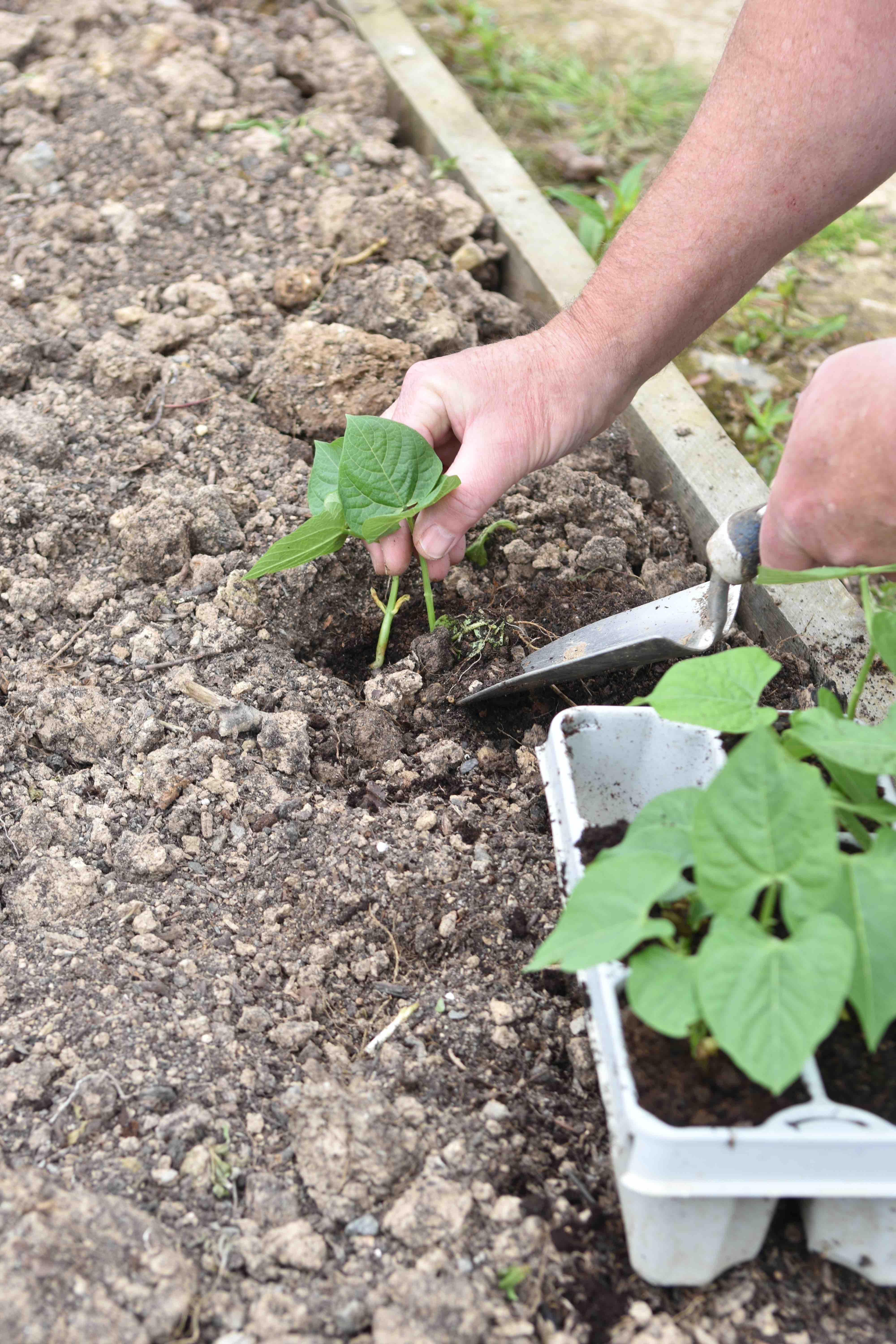
It is cold at the moment but spring is not far away. Over the past few weeks I have been discussing some specific vegetables and how to grow them. Most veg are grown from seed or can be grown from seed. But if you are just starting off growing your own veg it can seem daunting to start from seed. If you want a less stressful way to start, a few packs of seedlings might be the best way to start. They are usually sold in packs of ten or twelve seedlings and can be planted straight in the garden unless they are frost-tender such as courgettes or tomatoes.
But some veg are better value than others and some are not a good idea at all. So I am going to give you the truthful lowdown on what to buy and what not to buy!
But first, one important caveat. Most summer bedding plants and some vegetable plants are frost-tender and will die if they are frosted. So it is important when you buy them, that you do not plant them out in March or they will die. At Nags Hall these frost-prone seedlings will be clearly signed.
Although you cannot plant out peppers, aubergines chillies and tomatoes in March you might want to buy them early and grow them on in a greenhouse or on the windowsill. This early start will help you get an early crop.
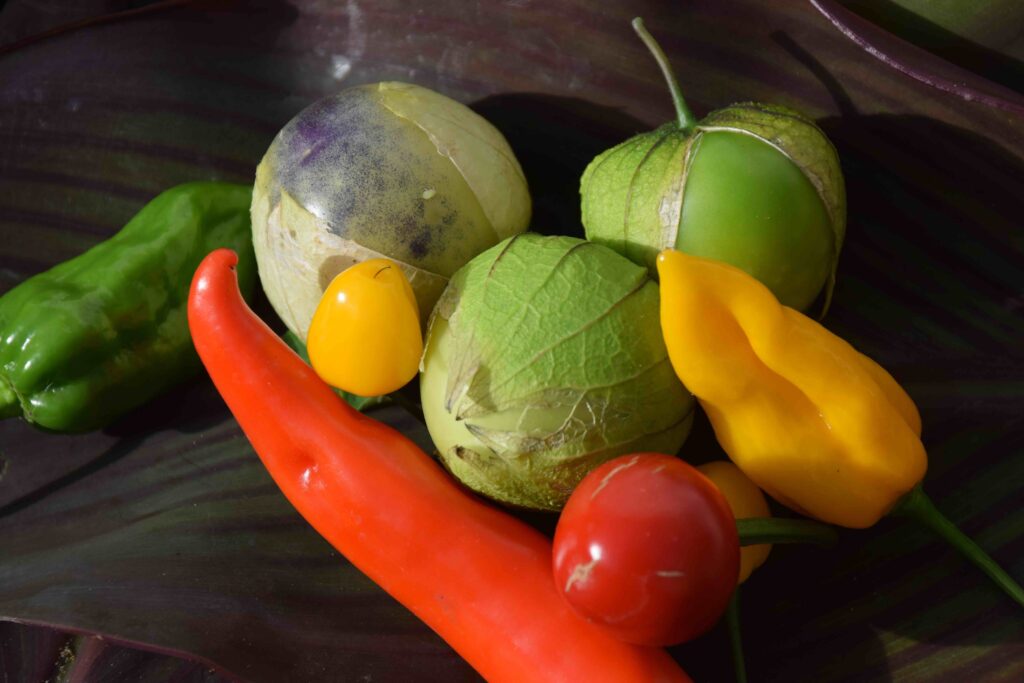
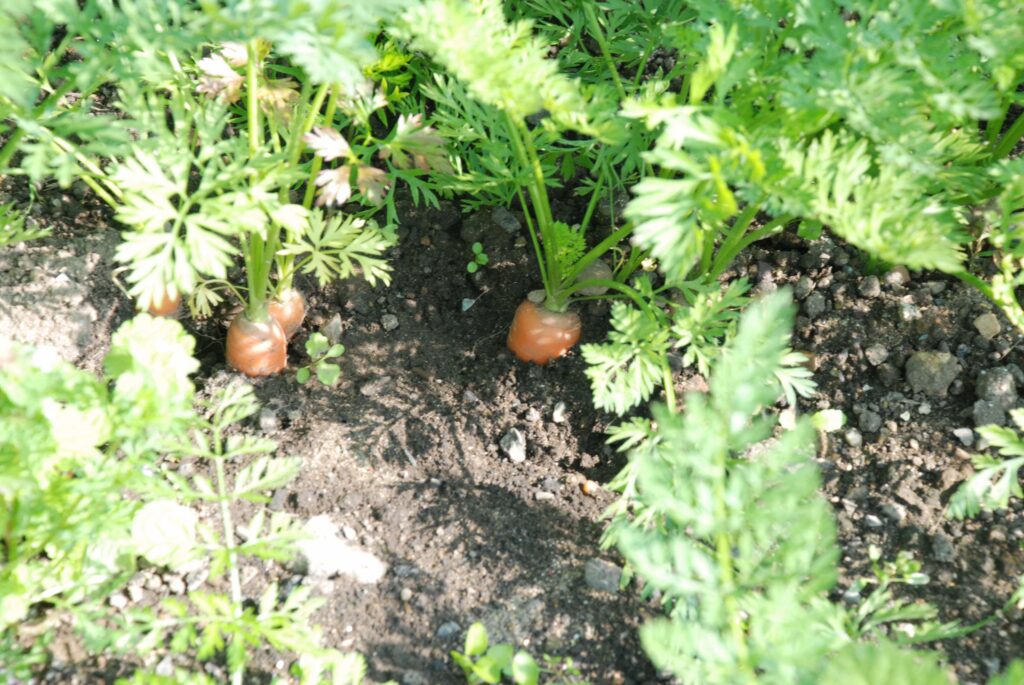
Carrots X
The first and most important NO NO. Carrots must be sown direct where they are to grow. They should not be transplanted. At best, the roots will grow into strange shapes and at worst they will run to seed or die. Pots sown with a dense clump of seedlings are not a good buy. The same applies to parsnips.
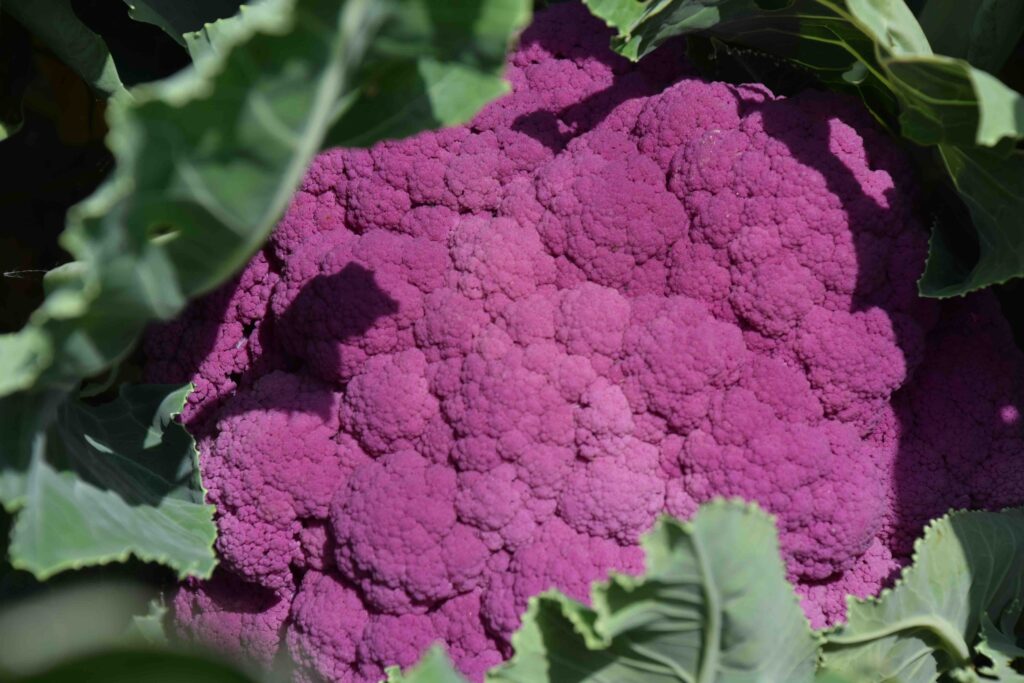
Cauliflower √
All the cauliflowers from a single sowing will crop at the same time and you really only want a few to mature all at once. Buying a pack of seedlings makes a lot of sense. Summer cauliflowers, that mature from July to September are the easiest to grow but they are still a challenge and not ideal as an introduction to growing your own. A pack of plants is probably the best way to start. Cauliflowers are a high-value crop so the plants are good value too. Plants that cost 25p each will produce cauliflowers of £1.50 value. The same applies to Brussels Sprouts.
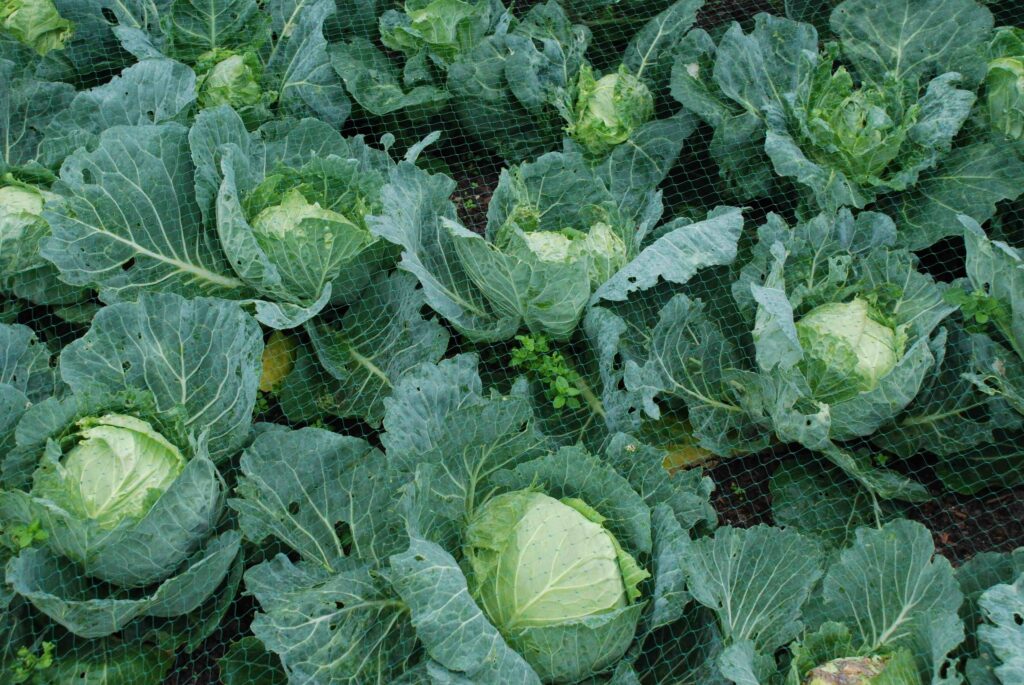
Cabbage √
Like cauliflowers, you don’t want many cabbages to mature at the same time so buying seedlings is convenient and sensible. Buying cabbage seed can be complicated because there are many kinds and some can only be grown at certain times of year. Buying plants means you only grow the right ones at the right time.
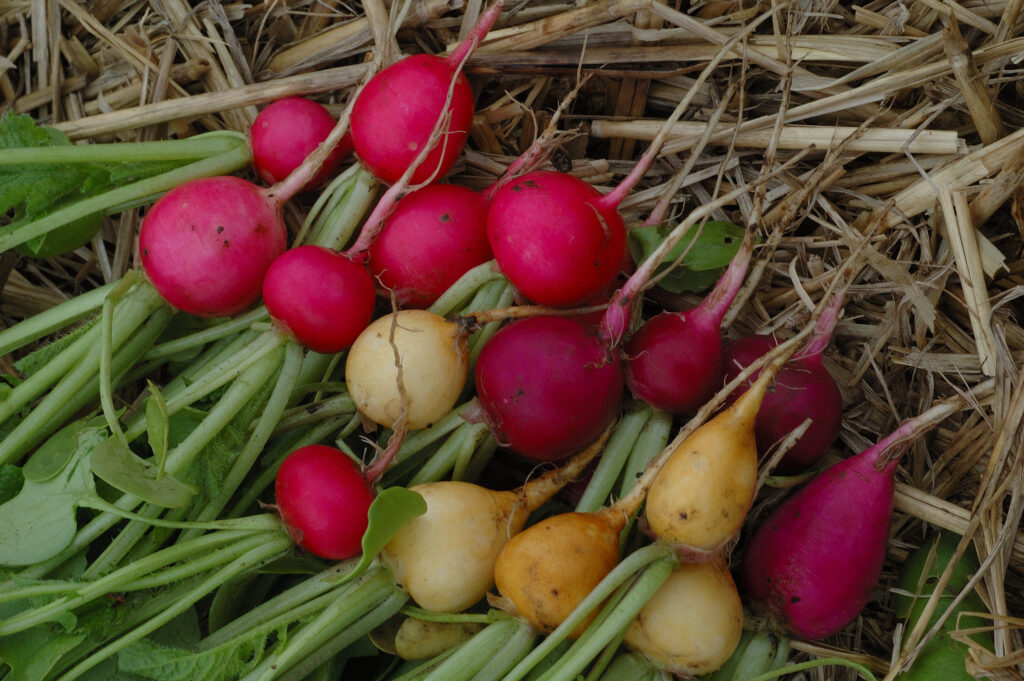
Radish X
No. Each radish seedling will grow into one radish! Radish are easy and legendarily quick from seed and there is no advantage to buying seedlings. They germinate within a week from sowing. If they have been kept moist and are very young and fresh you may get a crop but for the same price as a packet of seeds that will produce hundreds of radishes and take less than two weeks longer.
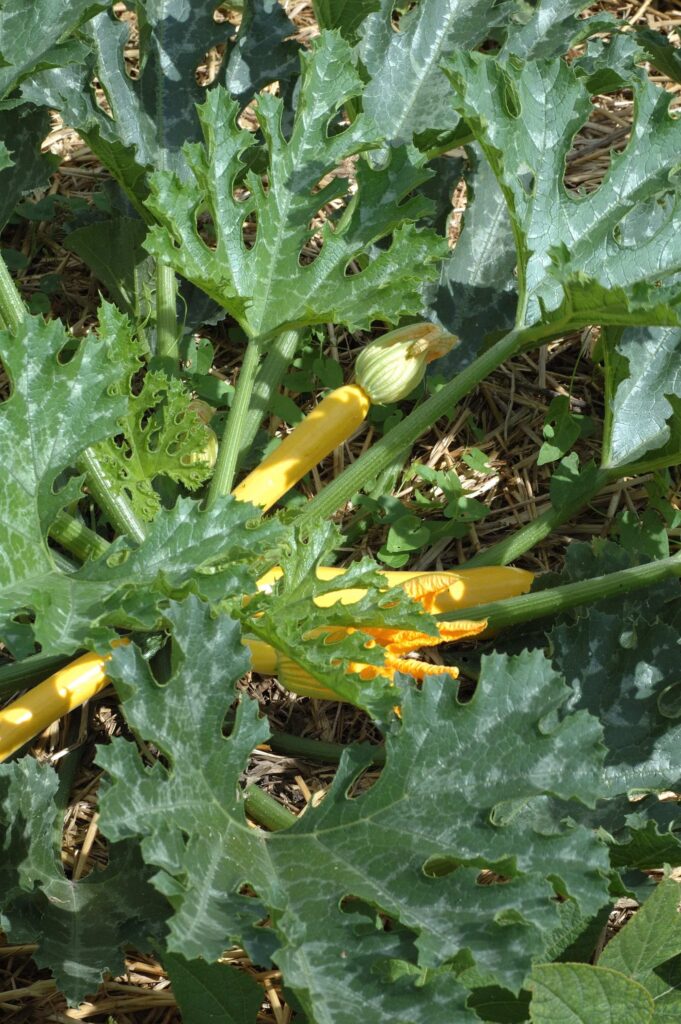
Courgettes and other squash X and √
This is a tricky one. If you just want one plant then a potted seedling is the best way to start. If you want three or more then buy a packet of seed. You can then choose your variety. Choose a ‘parthenocarpic’* variety that is sure to crop well or maybe try a yellow or a virus-resistant kind. Buy F1 hybrids. The seeds are not cheap and pack of 5 seeds may cost £3 or so but do you need more than 5 plants?
There is so much more to courgettes! Courgettes are so easy to grow from seed and a good plant to start with but do not sow till April because you can’t plant out till mid May. They are also fun for children to grow because they grow so quickly and the flowers are big and showy and attract bees.
- Parthenocarpic means the fruit are formed without the flowers being pollinated so plants start to crop early in the season even if only one flower opens
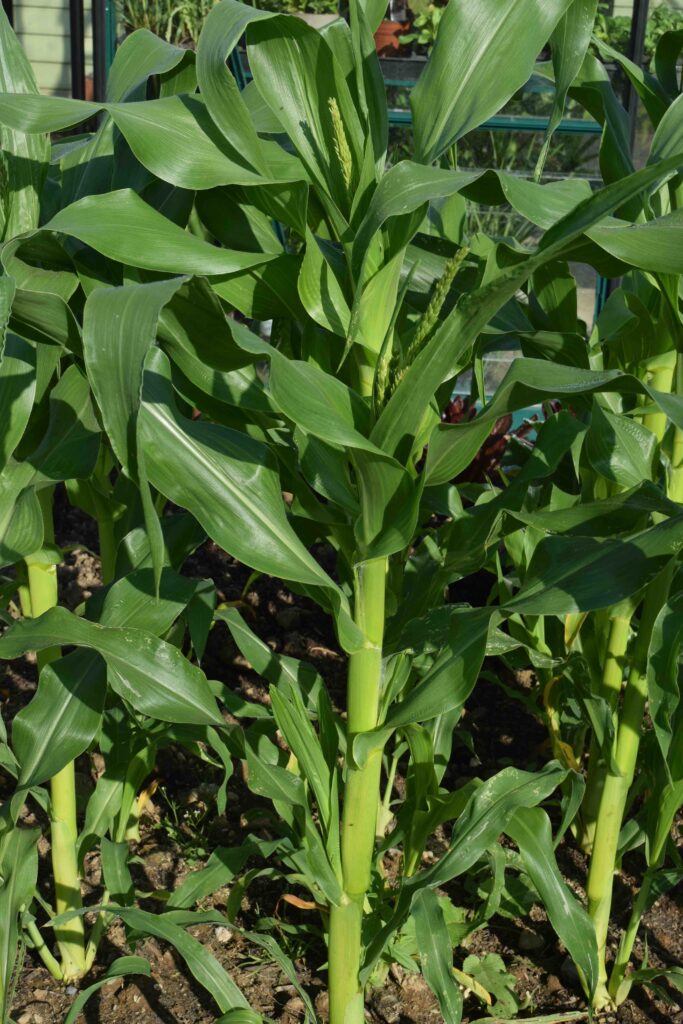
Sweetcorn X and √
Sweetcorn is a large plant and the crop is not heavy – you only get one or two cobs per plant. And you must plant in a block, ideally of 25 or more, to ensure the cobs are pollinated. There is no use planting two or three plants in a pot. The seeds grow easily and a packet will provide enough for a block of plants. If buying seedlings always choose those that are in cells and do not buy a pot packed full of seedlings. You will need two packs of ten or twelve to get a good crop. When buying seeds always choose F1 hybrids which give better crops.
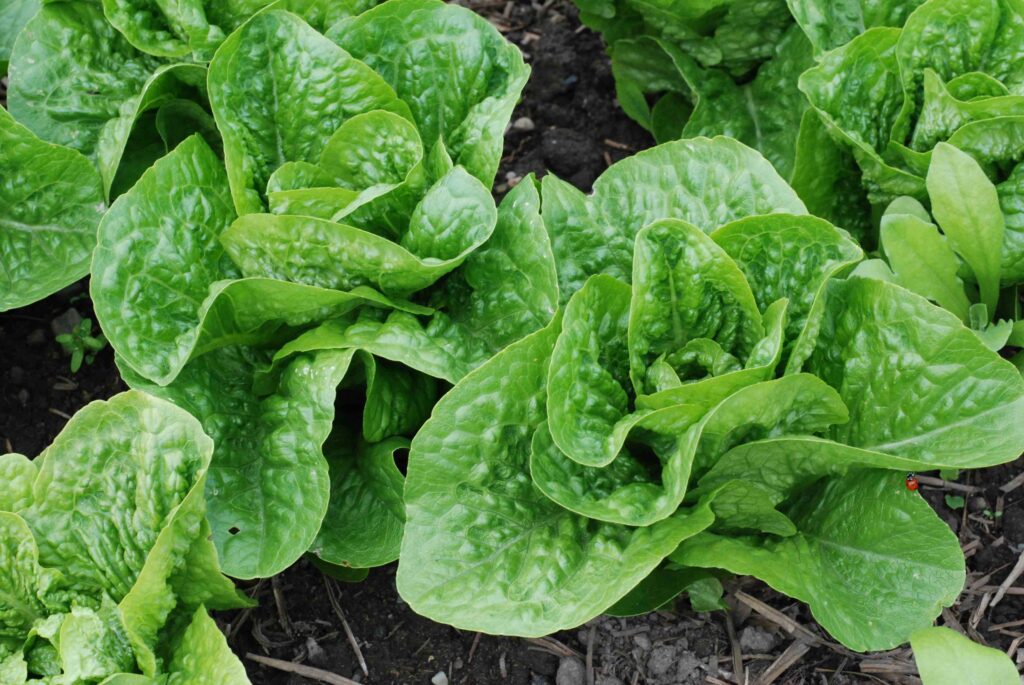
Lettuce √
Although it is simple enough to grow lettuce from seed, the problem is trying to limit how many you grow at a time. You only need a dozen or so from each sowing because all the seedlings will mature at the same time from a single sowing. If you buy a pack of seedlings every two or three weeks and grow these you can get a steady supply of lettuce to eat and avoid waste. More details are in last week’s blog.
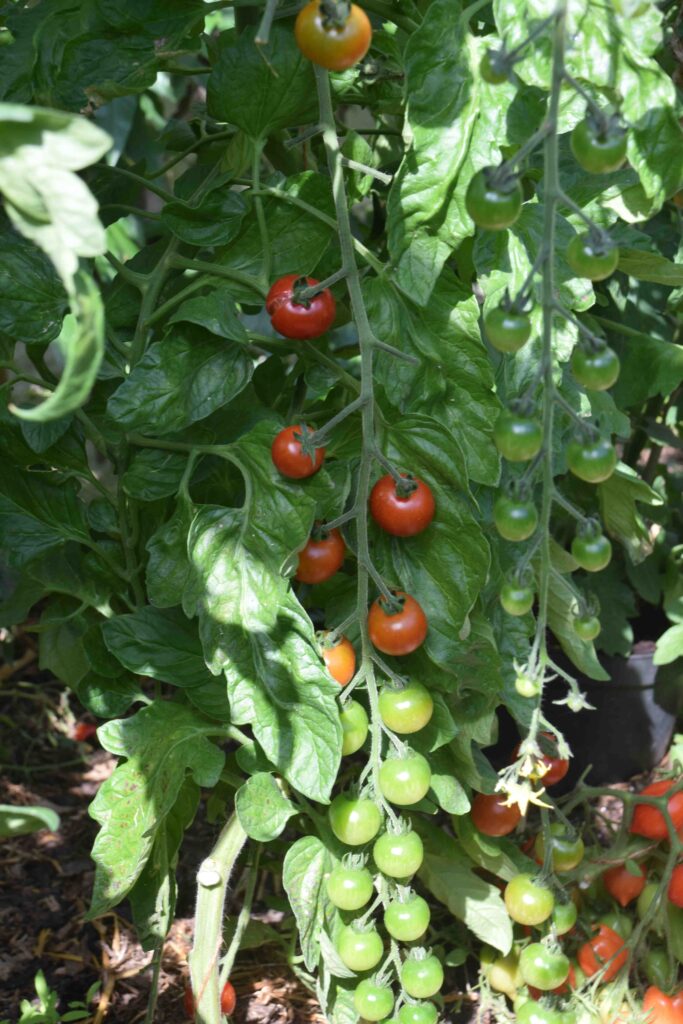
Tomatoes X and √
If you only need two or three plants then buying young plants is best. But there will only be a small selection of varieties. If you want to grow anything special you may want to choose seeds. Look for F1 hybrids which are generally easier to grow. These cost more and will only have 5-10 seeds per pack but that is all you will need. Buying young tomato plants will give you a good head start and may result in an earlier crop.
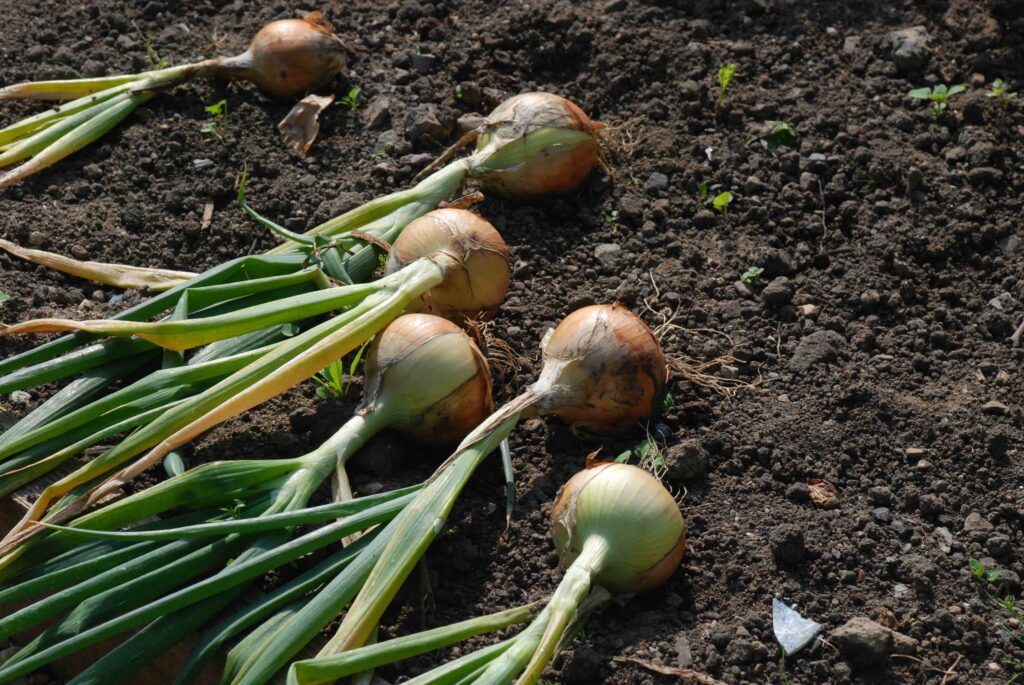
Onions √
Onions can be grown from sets (small onion bulbs) or from seed. Growing from seed is less expensive but the seedlings grow rather slowly. Growing from sets is easier and you can buy them now and plant in the next few weeks. If you buy seedlings you can carefully transplant them and get a good crop but remember that each seedling only produces one bulb.
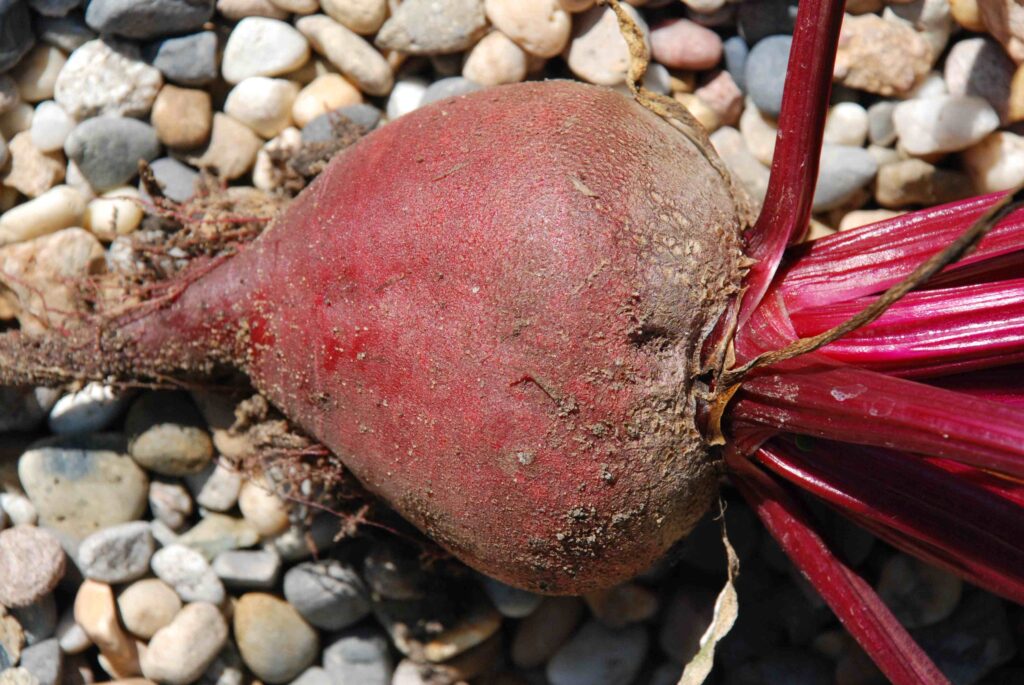
Beetroot X
Beetroot, in common with all root crops, does not transplant well and should ideally be sown where it is to grow. However, unlike carrots, the part of the root that swells is the upper part so transplanted seedlings, provided they are carefully watered, will produce a crop. But each seedling only produces one ‘root’ so they are not the best value. Also, beetroot seed is easy to handle and germinate. Each ‘seed’ is actually a cluster of seeds and easy to space when sowing. As they grow you can thin the seedlings and use the spare seedlings in salads. They are the red-stemmed leaves in mixed bags of salad leaves. So growing your own seed gives you cheaper beetroot AND a crop of salad leaves.
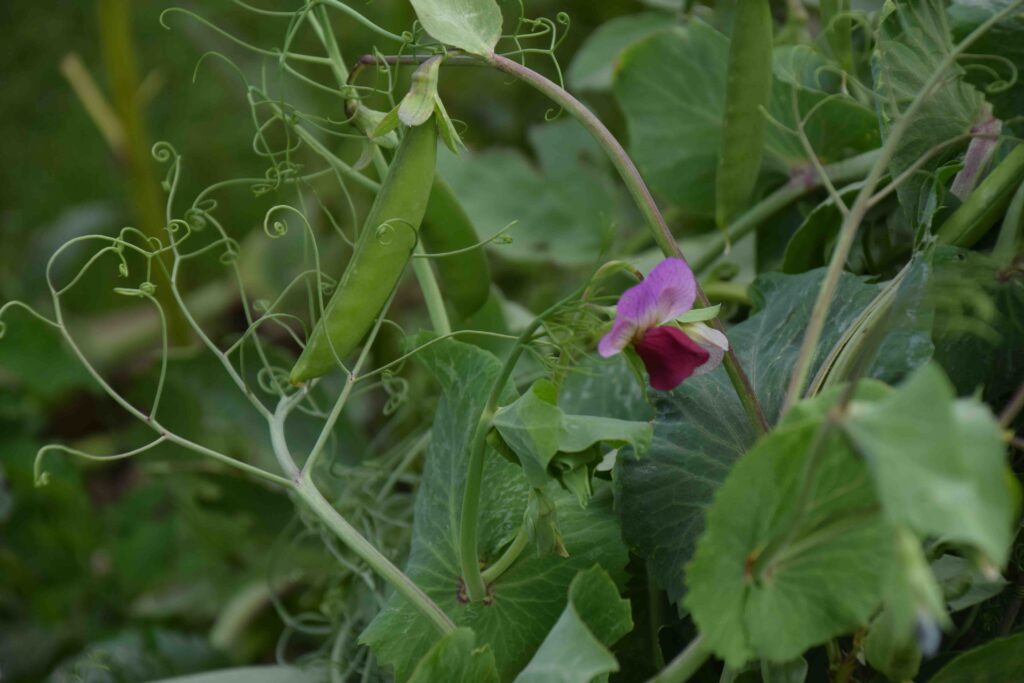
Peas X
You can buy pots of pea seedlings but peas are among the easiest of seeds to grow. You also need a lot of seeds, and plants, to get a decent crop. I think the best peas to grow at home are mangetout peas and these are not often sold as seedlings. And whatever kind of pea you grow, the seedlings can be harvested as pea shoots when about 10cm (4in) high. A packet of seeds gives you the choice of growing them on to maturity and sowing them for pea shoots.

Calabrese √
Calabrese or summer broccoli is quick and easy to grow. Each plant produces a main head and then, when that is cut, numerous side shoots that are the equivalent of ‘tenderstem broccoli’. From each sowing, all the plants will mature at the same time so you don’t need lots at any stage. Buying a pack of plants every month will keep you in calabrese all summer. The plants are compact and crop quite quickly and are well worth growing.
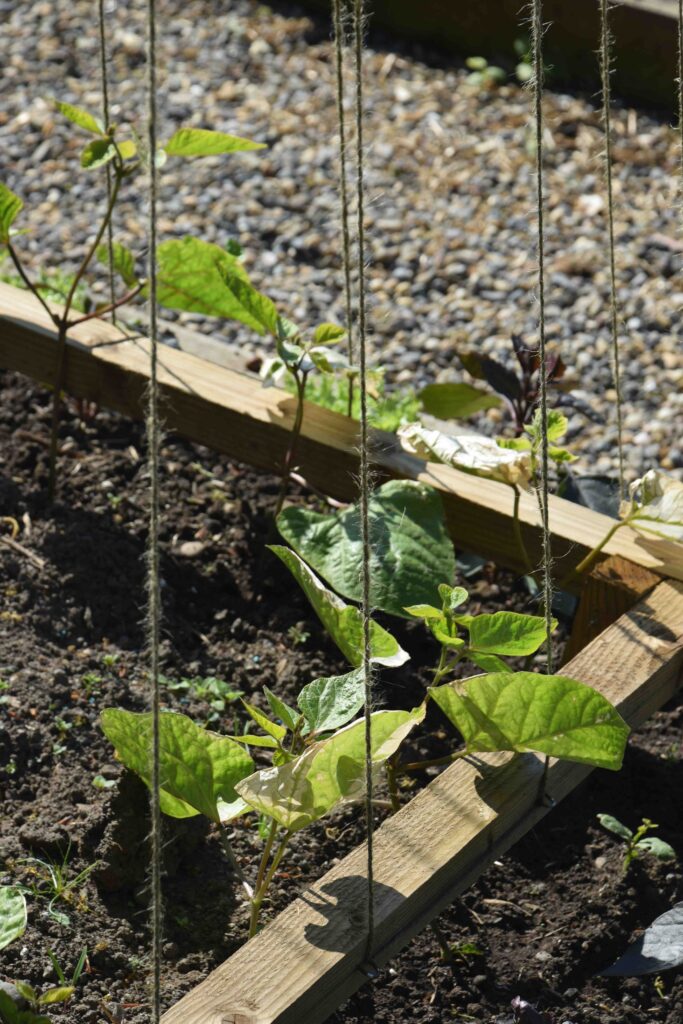
Beans X and √
Like peas, beans are easy to grow from seed. But if you only want a few plants in pots on the patio it can be more convenient to buy a pack of plants rather than a pack of seeds.
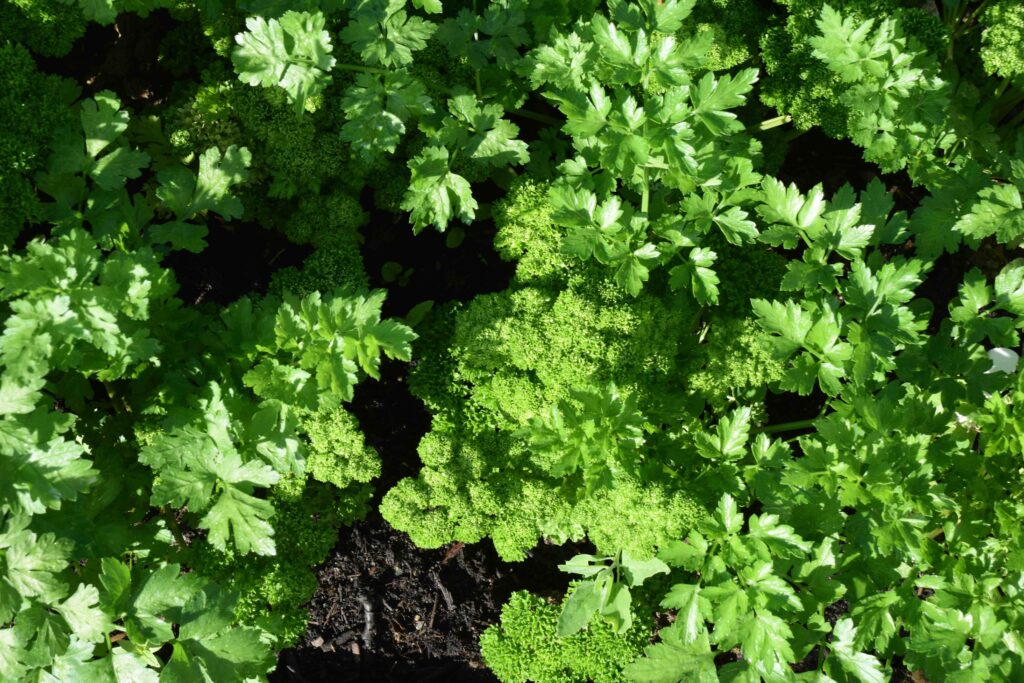
Herbs X and √
Herbs vary enormously. Woody herbs like bay, rosemary and thyme are usually much better when bought as plants. The best mints are also bought as plants. Parsley is not difficult to grow from seed but can be tricky to geminate. Always use fresh seeds. A pot of plants bought now will crop for a year. It is biennial and plants flower and die in the second year so need replacing every year. Annual herbs including coriander, dill and chervil are very short-lived and are best sown every four or six weeks through spring and summer. Potted plants quickly run to seed and die. So buy potted herbs except annuals like dill and coriander and buy seeds of these.